|
Getting your Trinity Audio player ready...
|
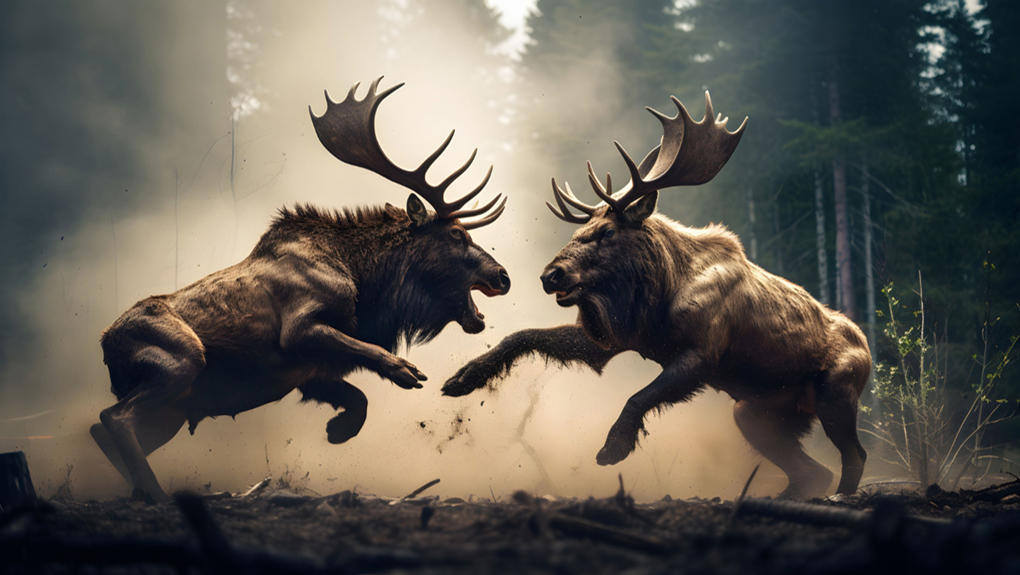
In the bustling arena of global commerce, brands engage in fierce battles for supremacy, striving to capture the hearts, minds, and wallets of consumers worldwide. From iconic soda wars between Coca-Cola and Pepsi to high-stakes tech showdowns between Apple and Samsung, the landscape of brand rivalries is as intense as ever. These rivalries not only shape consumer choices but also drive innovation, fuel marketing strategies, and redefine industry landscapes. Join us as we delve into the top 10 global brand warfare epics, exploring the strategies, successes, and impacts that have shaped the modern business landscape.
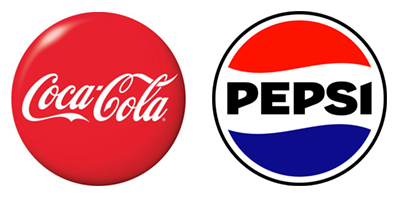
Coca-Cola vs. Pepsi
Trigger: The rivalry between Coca-Cola and Pepsi dates back to the late 19th century when both companies emerged in the carbonated soft drink market. Over the years, intense competition has been fueled by attempts to capture market share and consumer loyalty.
Marketing Strategies: Both companies have employed various marketing strategies, including celebrity endorsements, advertising campaigns (such as the “Pepsi Challenge” and Coca-Cola’s iconic Christmas ads), product diversification, and strategic partnerships (Pepsi’s partnership with restaurants like Pizza Hut and KFC, for instance).
Successes and Failures: Both Coca-Cola and Pepsi have experienced successes and failures in their rivalry. While Coca-Cola has historically held a larger share of the global market, Pepsi has been successful in marketing itself as the choice of the younger generation. Both brands have introduced successful products (e.g., Coca-Cola Zero, Pepsi Max) but also faced challenges with product launches and marketing missteps.
Impact on Consumers: The rivalry between Coca-Cola and Pepsi has led to extensive brand loyalty among consumers, with individuals often expressing strong preferences for one brand over the other. This rivalry has also driven innovation and product development, resulting in a wide range of beverage options for consumers.

Apple vs. Samsung
Trigger: The rivalry between Apple and Samsung intensified with the rise of smartphones and the emergence of the iPhone and Samsung Galaxy series as leading contenders in the market.
Marketing Strategies: Both companies invest heavily in marketing campaigns that highlight product features, design aesthetics, and technological advancements. Apple focuses on brand image, user experience, and ecosystem integration, while Samsung emphasizes product variety, customization options, and competitive pricing.
Successes and Failures: Apple’s iPhone has consistently been a top-selling smartphone globally, with a dedicated fan base and strong brand loyalty. Samsung, meanwhile, has gained market share by offering a wide range of devices across different price points. Both companies have faced legal battles over patent infringement, with varying degrees of success.
Impact on Consumers: The rivalry between Apple and Samsung has resulted in rapid innovation and technological advancements in the smartphone industry, leading to more powerful and feature-rich devices for consumers. However, the intense competition has also led to fragmentation in the market, with consumers facing a plethora of options to choose from.
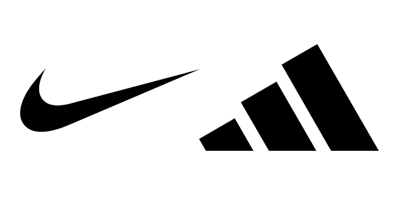
Nike vs. Adidas
Trigger: The rivalry between Nike and Adidas spans decades and centres around dominance in the global athletic apparel and footwear market.
Marketing Strategies: Both companies invest heavily in athlete endorsements, sponsorships, and marketing campaigns to enhance brand visibility and appeal. Nike focuses on innovation, performance, and lifestyle branding, while Adidas emphasizes heritage, style, and sustainability.
Successes and Failures: Nike has maintained its position as the world’s largest athletic apparel brand, with successful product launches like the Air Jordan and collaborations with athletes like Michael Jordan and LeBron James. Adidas, meanwhile, has experienced a resurgence in recent years with popular lines such as Yeezy and partnerships with celebrities like Kanye West. Both companies have faced criticism over labour practices in their supply chains.
Impact on Consumers: The rivalry between Nike and Adidas has fueled innovation in athletic apparel and footwear, providing consumers with a wide range of options for sports performance and lifestyle wear. Additionally, the companies’ marketing efforts have contributed to the global popularity of sports culture and fashion trends.
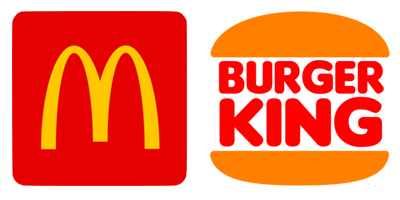
McDonald’s vs. Burger King
Trigger: McDonald’s and Burger King have long competed for dominance in the fast-food industry, with both chains offering similar menus and targeting similar demographics.
Marketing Strategies: Both companies engage in aggressive marketing tactics, including advertising campaigns, promotions, and menu innovations. McDonald’s focuses on brand consistency, value pricing, and global expansion, while Burger King emphasizes product customization, limited-time offers, and playful marketing initiatives.
Successes and Failures: McDonald’s is the world’s largest fast-food chain, with a vast global presence and iconic products like the Big Mac and Happy Meal. Burger King has carved out a niche with its flame-grilled burgers and marketing stunts like the “Whopper Detour” mobile app promotion. Both companies have faced criticism over health concerns and labour practices.
Impact on Consumers: The rivalry between McDonald’s and Burger King has led to a wide range of fast-food options for consumers, with each chain striving to differentiate itself through menu offerings, pricing, and customer experience. Additionally, their competitive pricing and promotions have influenced consumer behavior and spending habits.
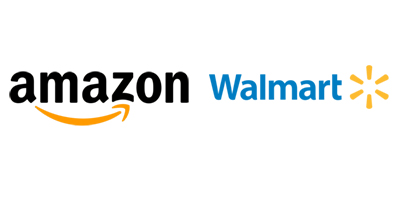
Amazon vs. Walmart
Trigger: The rivalry between Amazon and Walmart intensified with the growth of e-commerce and the shift towards online shopping. Both companies compete for dominance in retail, e-commerce, and cloud computing services.
Marketing Strategies: Amazon focuses on convenience, selection, and customer service, leveraging its Prime membership program, personalized recommendations, and fast shipping options. Walmart emphasizes low prices, brick-and-mortar presence, and omnichannel integration, including curbside pickup and grocery delivery.
Successes and Failures: Amazon has become the world’s largest online retailer, with a diverse product catalogue, global reach, and dominance in cloud computing through Amazon Web Services (AWS). Walmart remains a retail giant with a strong physical presence and continues to invest in e-commerce and technology to compete with Amazon. Both companies face scrutiny over labour practices, antitrust concerns, and environmental sustainability.
Impact on Consumers: The rivalry between Amazon and Walmart has resulted in increased convenience, lower prices, and expanded options for consumers shopping both online and offline. Additionally, their competition has spurred innovations in delivery services, product offerings, and retail technologies.
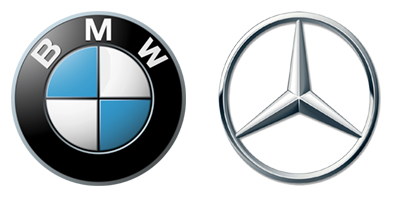
BMW vs. Mercedes-Benz vs. Audi
Trigger: The rivalry between BMW, Mercedes-Benz, and Audi reflects competition in the luxury automobile market, with each brand vying for affluent consumers worldwide.
Marketing Strategies: Each brand emphasizes performance, luxury, and innovation, with marketing campaigns focusing on brand heritage, craftsmanship, and cutting-edge technology. BMW promotes its “Ultimate Driving Machine” slogan and sporty driving dynamics, Mercedes-Benz highlights its luxury and prestige, and Audi emphasizes design, technology, and Quattro all-wheel drive.
Successes and Failures: Each brand has its strengths and loyal customer base, with BMW known for driving dynamics, Mercedes-Benz for luxury and innovation, and Audi for design and technology. However, they also face challenges such as market saturation, changing consumer preferences, and increased competition from emerging luxury brands and electric vehicles.
Impact on Consumers: The rivalry between BMW, Mercedes-Benz, and Audi has led to continuous innovation in luxury automotive design, performance, and technology, providing consumers with a wide range of options for premium vehicles. Additionally, their competition has contributed to the global popularity of German engineering and automotive craftsmanship.
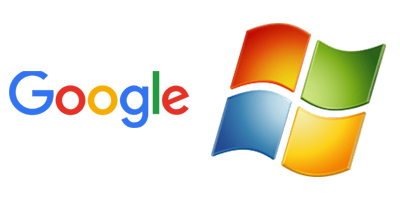
Google vs. Microsoft
Trigger: The rivalry between Google and Microsoft encompasses various sectors, including search engines, operating systems, productivity software, and cloud services.
Marketing Strategies: Google focuses on user experience, simplicity, and innovation, with products like Google Search, Android, and Gmail. Microsoft emphasizes productivity, enterprise solutions, and ecosystem integration, with products like Windows, Office 365, and Azure.
Successes and Failures: Google dominates the search engine market globally, with over 90% market share, and has expanded into other areas such as advertising, smartphones (through Android), and cloud computing (with Google Cloud Platform). Microsoft remains a dominant player in the operating system and productivity software markets, with Windows and Office products widely used worldwide. Both companies have faced regulatory scrutiny over antitrust concerns and privacy issues.
Impact on Consumers: The rivalry between Google and Microsoft has led to increased innovation in software, cloud services, and online productivity tools, providing consumers with more choices and features for work and personal use. Additionally, their competition has driven advancements in artificial intelligence, voice assistants, and digital assistants.

Colgate vs. Crest
Trigger: The rivalry between Colgate and Crest centres around dominance in the oral care market, with both brands offering toothpaste, toothbrushes, and mouthwash.
Marketing Strategies: Both companies invest heavily in advertising, product innovation, and dental professional endorsements to promote oral health benefits and brand superiority. Colgate focuses on global brand consistency and market segmentation, while Crest emphasizes whitening and enamel protection.
Successes and Failures: Colgate and Crest are among the top-selling oral care brands globally, with a wide range of products catering to different consumer needs and preferences. Both brands have introduced successful product lines and innovations, such as Colgate Total and Crest 3D White. However, they also face challenges such as declining toothpaste sales and increasing competition from natural and speciality oral care brands.
Impact on Consumers: The rivalry between Colgate and Crest has led to increased awareness of oral health and hygiene, with consumers benefiting from a wide range of toothpaste options targeting various concerns such as cavity protection, whitening, and sensitivity relief. Additionally, their competition has driven advancements in dental technology and ingredient formulations.
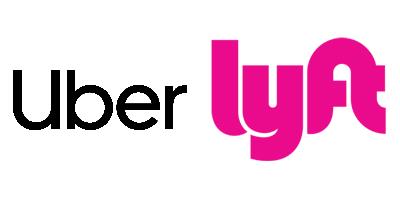
Uber vs. Lyft
Trigger: The rivalry between Uber and Lyft emerged in the ride-hailing industry, with both companies competing for passengers and drivers in various markets worldwide.
Marketing Strategies: Both companies invest heavily in driver incentives, rider promotions, and marketing campaigns to attract users and gain market share. Uber focuses on global expansion, product diversification (including Uber Eats and Uber Freight), and partnerships with transportation agencies and public transit systems. Lyft emphasizes customer service, community engagement, and environmental sustainability.
Successes and Failures: Uber is the largest ride-hailing company globally, with operations in over 900 cities worldwide and a diverse range of services beyond transportation. Lyft is the second-largest ride-hailing company in the United States, known for its focus on customer experience and corporate social responsibility initiatives. Both companies have faced challenges such as regulatory issues, labour disputes, and profitability concerns.
Impact on Consumers: The rivalry between Uber and Lyft has led to increased convenience, affordability, and competition in the transportation industry, providing consumers with more options for getting around cities. Additionally, their competition has driven innovations in ride-sharing technology, safety features, and sustainable transportation solutions.
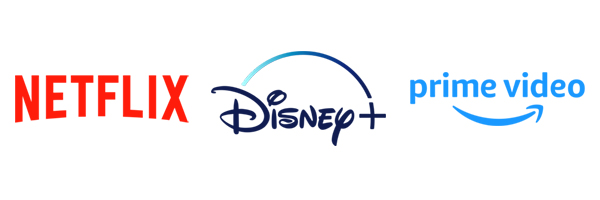
Netflix vs. Disney+ vs. Amazon Prime Video
Trigger: The rivalry between Netflix, Disney+, and Amazon Prime Video reflects competition in the streaming entertainment market, with each platform vying for subscribers and original content dominance.
Marketing Strategies: Each platform invests heavily in original content production, licensing deals, and user experience enhancements to attract and retain subscribers. Netflix focuses on personalized recommendations, binge-worthy series, and global expansion. Disney+ emphasizes its extensive content library of Disney, Pixar, Marvel, and Star Wars franchises, along with family-friendly programming. Amazon Prime Video offers a diverse selection of content, including original series, movies, and licensed titles, as part of its broader Amazon Prime membership benefits.
Successes and Failures: Netflix pioneered the streaming entertainment industry and remains the market leader, with a vast subscriber base and a diverse catalog of original and licensed content. Disney+ quickly gained traction with its launch, fueled by exclusive access to popular franchises like Marvel and Star Wars, as well as family-friendly content. Amazon Prime Video benefits from its integration with the broader Amazon ecosystem and offers competitive pricing and perks as part of its Prime membership. However, each platform faces challenges such as content licensing costs, competition from other streaming services, and churn management.
Impact on Consumers: The rivalry between Netflix, Disney+, and Amazon Prime Video has led to increased choice, quality, and convenience in the streaming entertainment landscape, providing consumers with access to a wide range of content across different genres and demographics. Additionally, their competition has driven innovations in content production, distribution models, and viewing experiences, shaping the future of entertainment consumption.
The top 10 global brand rivalries highlighted in this blog exemplify the dynamic and competitive nature of today’s marketplace. From longstanding battles between industry giants like Coca-Cola and Pepsi to emerging showdowns in the streaming entertainment industry, these brand wars shape consumer choices, drive innovation, and redefine market dynamics. As businesses continue to vie for market share and consumer loyalty, it’s clear that competition is a driving force behind product innovation, marketing strategies, and corporate success. By understanding the strategies, successes, and impacts of these brand rivalries, businesses can gain valuable insights into navigating the ever-evolving landscape of modern commerce.
Ultimately, consumers benefit from increased choice, quality, and value as companies vie for their attention and patronage.




